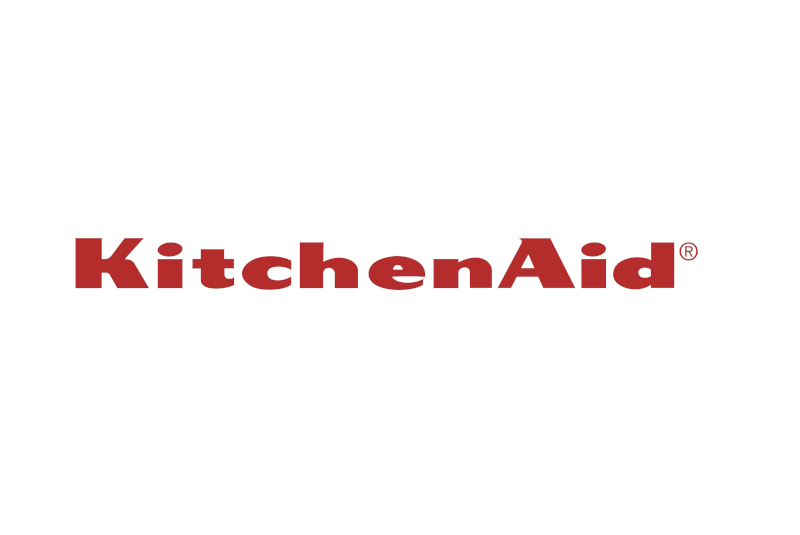1/31/2025 3:08 PM

KitchenAid appliances have historically been a fixture in numerous households, recognized for their strength and dependability. Nevertheless, similar to any other device, they may face problems. Knowing about common issues and DIY fixes can help you save time and possibly avoid a service visit. This guide aims to highlight and address a few common Kitchenaid appliance repair problems.
A frequent issue encountered with KitchenAid dishwashers is the frustrating error code. If your appliance shows error codes like 'F8E4', signifying a water supply problem, you might attempt several troubleshooting measures. First, make sure the water source is activated, and the hose is aligned properly. A kinked or obstructed hose may cause issues with water supply. This not only impacts cycle efficiency but may also result in a requirement for more significant Kitchenaid appliance repair.
If you have a KitchenAid fridge and observe it's not cooling properly, inspect the condenser coils. Dust and dirt can build up, making the compressor operate more intensely, resulting in increased energy costs or potential failures. Cleaning these coils can be an easy do-it-yourself job. Disconnect your appliance, find the coils—typically at the rear or lower section—and carefully clean them using a vacuum or soft brush. This can extend the lifespan of your refrigerator without requiring a Kitchenaid appliance repair expert. For those using ovens and stoves, a frequent problem occurs with ignitors. If your KitchenAid oven isn't heating correctly, it could be because of a defective ignitor. It’s a component that can deteriorate gradually. Switch off the gas, unplug the power, and check the ignitor. If it shows noticeable cracks or harm, replacing it could remedy the problem. This repair is more complex, so if you're uncertain, it's advisable to seek a professional for your Kitchenaid appliance repair.
Finally, if you hear an unusual noise from your KitchenAid garbage disposal, it's usually due to something that has obstructed the blades. A do-it-yourself method can typically resolve this. Completely shut off the power prior to inspection. Utilize a wrench to manually rotate the disposal from the center bottom to free any stuck debris. This straightforward action can frequently remove obstructions and prevent unnecessary interruptions or the costs associated with Kitchenaid appliance repair.
By investing time to understand these typical problems and their solutions, you can prolong the lifespan of your KitchenAid appliances. In case of uncertainty, always check the appliance manual or reach out to a professional. Having some background knowledge, though, will always aid in discussions with an expert, and you'll be more prepared to manage basic Kitchenaid appliance repair issues independently.